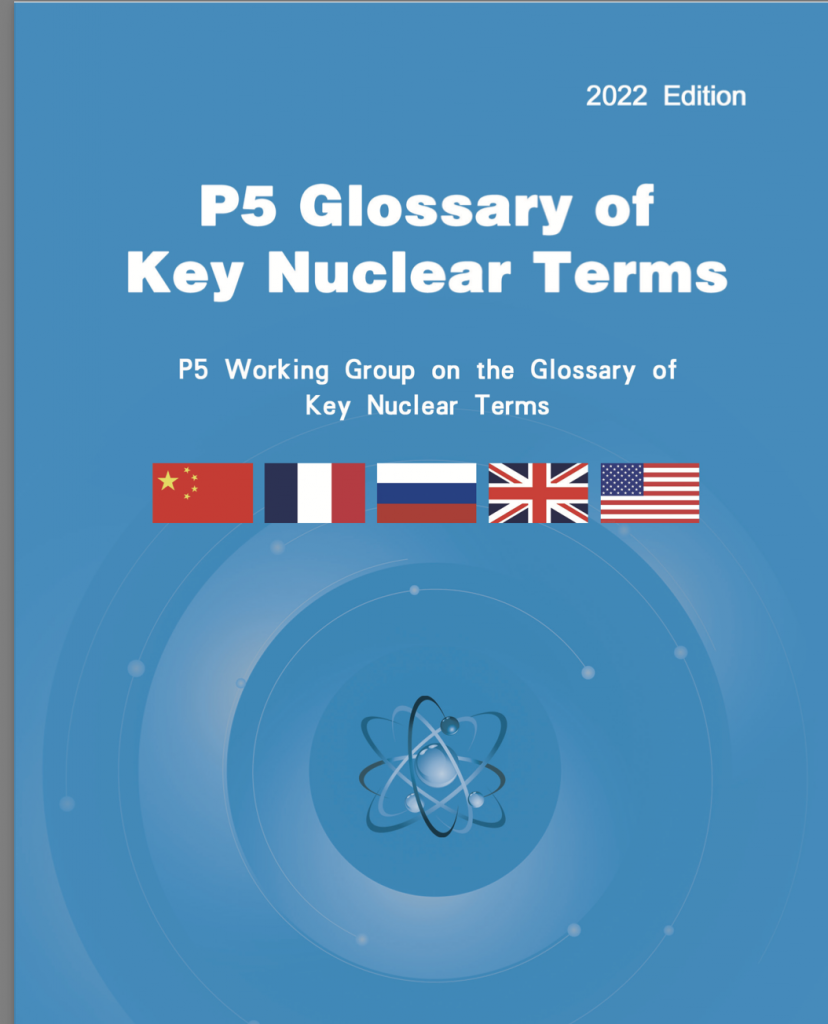This IRNA piece provides an Iranian government perspective on US sanctions. Most of it will be familiar, but I find it interesting that the analysis begins with 2001:
Since 2001, the Americans have come up with the conclusion that Iran can be used as a test sample for the pilot studies on effectiveness of the US sanctions. Therefore, they decided to impose sanctions as a semi-hard means of power against Iran since 2001. By passing the Patriot Act 2001, the Americans set the foundations of today’s sanctions and started their economic war against Iran



